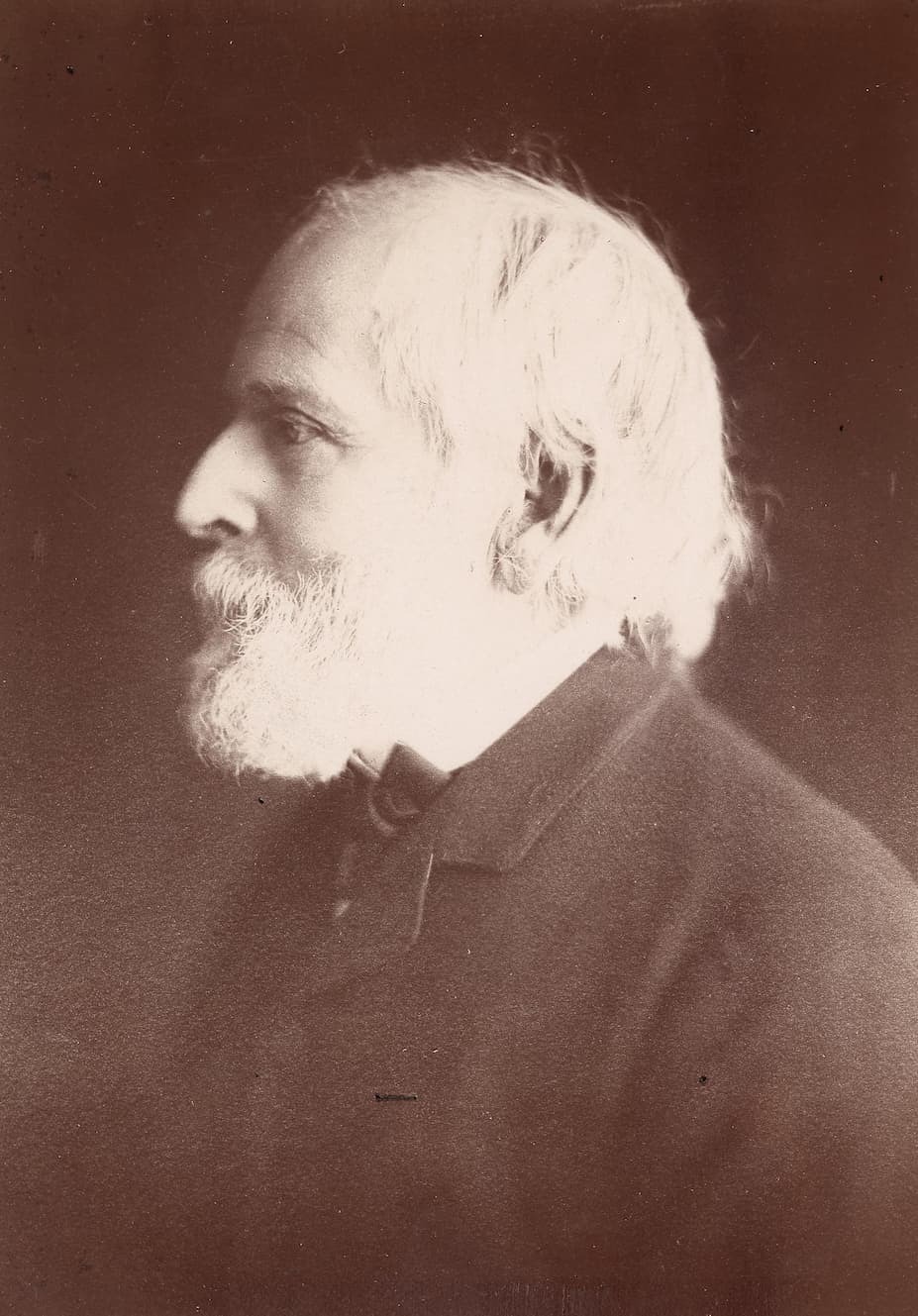

William Trost Richards
US
139
Artworks
1833 - 1905
Lifespan
Artist Biography
William Trost Richards was a prominent 19th-century American artist celebrated for his breathtakingly detailed landscapes and marine paintings. Born in Philadelphia, Pennsylvania, on November 14, 1833, Richards displayed an early aptitude for art. His formal education was cut short at age thirteen when he left school to support his family, working as a designer of ornamental metal fixtures. Despite this, he pursued his artistic passion, studying part-time from 1850 to 1855 with the German landscape painter Paul Weber. This training instilled in him a meticulous and precise technique that would become a hallmark of his style. Richards quickly gained recognition, exhibiting for the first time at the prestigious Pennsylvania Academy of the Fine Arts (PAFA) in 1852 and being elected an Academician just a year later.
Richards's artistic vision was profoundly shaped by his contemporaries and his travels. In 1854, he connected with leading Hudson River School painters like Frederic E. Church and John F. Kensett, whose atmospheric and majestic works greatly inspired him. His first European sojourn from 1855 to 1856 took him to Düsseldorf, Paris, and Italy, exposing him to European artistic traditions. However, it was the philosophy of the English critic John Ruskin and the Pre-Raphaelite Brotherhood that resonated most deeply. Embracing their creed of 'truth to nature,' Richards dedicated himself to rendering the natural world with scientific accuracy and painstaking detail. He became a key member of the American Pre-Raphaelite group, the Association for the Advancement of Truth in Art, in 1863, solidifying his commitment to a style that rejected idealized romanticism in favor of faithful observation.
A pivotal shift in Richards's career occurred after his second trip to Europe in 1866. A dramatic storm at sea captured his imagination, redirecting his focus from inland landscapes to the dynamic and powerful coastline. He became fascinated with the structure of waves and the interplay of light, water, and rock, making marine painting the dominant theme of his mature work. In the late 1860s, he also began to master watercolor, a medium perfectly suited for capturing the fleeting atmospheric effects of the shore. He joined the American Watercolor Society in 1874 and became an innovator in the medium, often using a heavy, dark-toned carpet paper and opaque gouache to achieve the depth and textural richness typically associated with oil paintings. These works proved incredibly popular and were instrumental in elevating the status of watercolor in America.
Throughout his fifty-year career, Richards achieved widespread acclaim and financial security, thanks in part to crucial patrons like George Whitney and the Reverend Elias Lyman Magoon. Their support allowed him the freedom to travel and pursue his artistic vision without constant financial worry. He received numerous accolades, including a medal at the 1876 Centennial Exposition in Philadelphia, the Temple Medal from PAFA in 1885, and a bronze medal at the 1889 Paris Exposition. His institutional recognition was equally significant; he was elected an honorary member of the National Academy of Design in 1862 and a full Academician in 1871, cementing his position in the upper echelon of American artists.
In his later years, Richards found his ultimate muse in the coastline of Newport, Rhode Island. After summering there for years, he built his iconic home, 'Graycliff,' in 1881, a vantage point from which he could endlessly study the sea. While he also maintained a farm in Pennsylvania and continued to produce serene landscapes, it is his incandescent shorelines for which he is best remembered. Richards masterfully captured the raw power of the ocean, the translucence of light filtering through a cresting wave, and the wet, reflective sheen of a sandy beach after a storm. He died in Newport on November 8, 1905, leaving behind a profound legacy as a master of both the Hudson River School's grand vision and the Pre-Raphaelites' meticulous realism. His works remain in the collections of virtually every major American art museum, a testament to his enduring impact on American art.